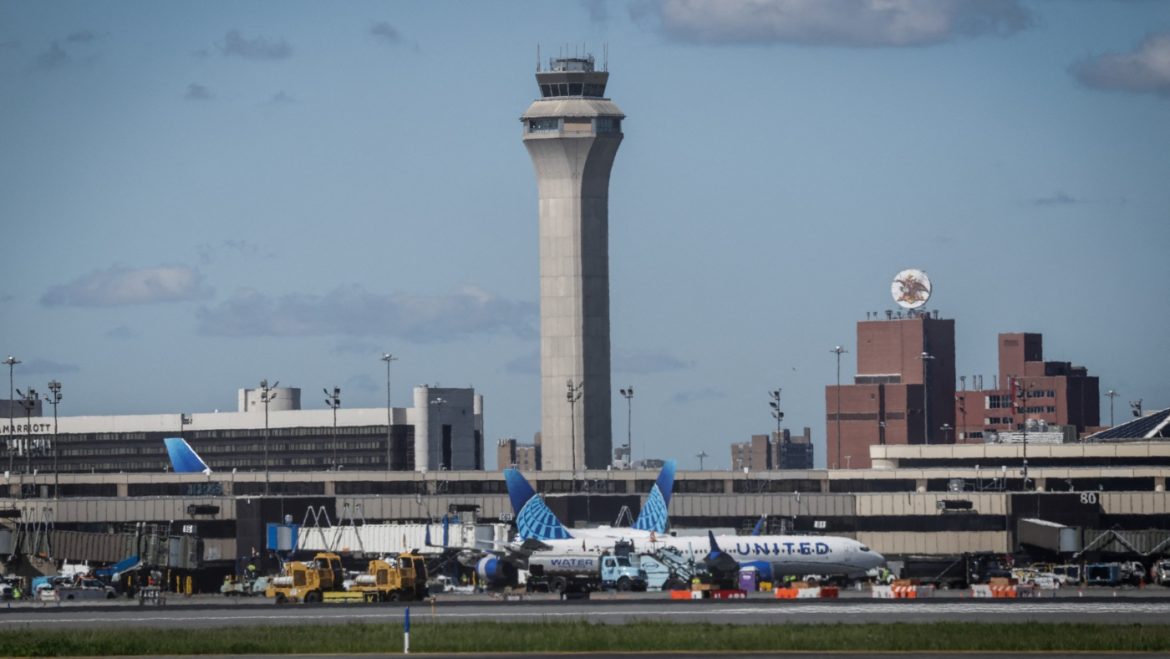Unraveling the Early Reopening of Newark Airport’s Runway: A Relief Amidst Recent Chaos
Newark Liberty International Airport, an essential hub in the New York metropolitan area, has recently been grappling with significant flight delays, cancellations, and operational disruptions. Much of this turbulence has been tied to a critical runway undergoing extensive renovations. The early reopening of this shuttered runway, originally slated for mid-June but coming back into service nearly two weeks ahead of schedule, marks a pivotal moment for the airport, airlines, and travelers alike.
The Crux of Newark’s Operational Challenges
Several intertwined factors have contributed to Newark’s recent operational struggles:
– Runway Closure for Renovations: Runway 4L-22R, one of Newark’s three primary runways and the airport’s busiest stretch at 11,000 feet long, was closed starting in mid-April for essential upgrades. This closure led directly to reduced airport capacity.
– Infrastructure Upgrades Underway: The $121 million renovation project encompassed paving, lighting improvements, and drainage upgrades — all critical for ensuring safety and efficiency in the long term.
– Staffing Shortages and Air Traffic Control Issues: Compounding the physical limitations were shortages in air traffic controllers coupled with equipment outages. This staffing pinch led to operational disruptions beyond what the construction delays alone might have caused.
– Increased Demand Post-Pandemic: As travel surged back post-pandemic, the airport faced intensified pressure without the runway fully operational, leading to a cascade of delays and cancellations.
Accelerated Construction: Turning the Tide Sooner Than Expected
What stands out is the success of the Port Authority and contractors in accelerating the runway rehabilitation, allowing reopening nearly two weeks ahead of the original June 15 target. This fast tracking was made possible by:
– Around-the-Clock Construction: By implementing 24/7 work shifts, the timeline was compressed without sacrificing quality.
– Additional Resources and Collaboration: Bringing in extra manpower and coordinating tightly with airline operations helped maintain momentum.
– Adaptive Project Management: The Port Authority, led by Executive Director Rick Cotton, took proactive measures adjusting schedules and scope management to meet the new deadline.
Immediate Benefits and Operational Impact
The reopening restores full functionality to all three primary runways and brings the airport’s capacity back to higher throughput:
– Increased Flight Arrivals and Departures: With the runway reopened, arrival and departure rates can return to approximately 34 each per hour, helping dissipate the bottlenecks.
– Reduction in Delays and Cancellations: Airlines, notably United which is a major player at Newark, are hopeful this development will help reclaim customer confidence amid previously rocky experiences.
– Eased Congestion and Improved Flow: The added runway operational hours help mitigate peak period congestion, which is crucial during summer travel surges like Memorial Day and onward.
Continuing Challenges & Partial Closures Ahead
Though the runway is now open for use, it’s important to recognize that the construction project isn’t fully complete yet. The Port Authority has indicated that some night and weekend closures will continue through the remainder of the year to finalize remaining works. This means:
– Passengers Should Expect Intermittent Disruptions: Travelers flying in or out during certain off-peak times may still encounter delayed schedules or routing adjustments.
– Ongoing Coordination Will Be Critical: The airport’s management, FAA, airlines, and ground operations need to sustain tight synchronization to minimize passenger impact.
Strategic Outlook for Newark Liberty Airport
The early reopening is a positive step but only a part of a broader strategy to regain Newark’s operational stability:
– Addressing Air Traffic Control Staffing: Efforts to manage and recruit air traffic controllers remain pivotal to preventing future flight disruptions.
– Infrastructure Resilience: Beyond the runway, continuous investment in airport infrastructure, including technology and terminal capacity, is necessary to accommodate sustained growth.
– Operational Innovations and Flexibility: Enhancing scheduling algorithms, exploring off-peak operations, and improving communication with passengers will help buffer unavoidable disruptions.
Conclusion: A Beacon of Progress Amidst Turbulence
Newark Liberty International Airport’s early reopening of its major runway is more than a mere scheduling victory; it is a crucial milestone signaling the beginning of smoother skies ahead after a turbulent period. Although some construction-related intermittent closures will persist, this development substantially alleviates the airport’s capacity crunch and offers hope for a return to normalcy. Through concerted effort, transparency, and innovation, Newark aims to restore traveler confidence and optimize its role as a vital gateway in the region’s air travel network. The path forward remains challenging but illuminated by this encouraging turnaround.


